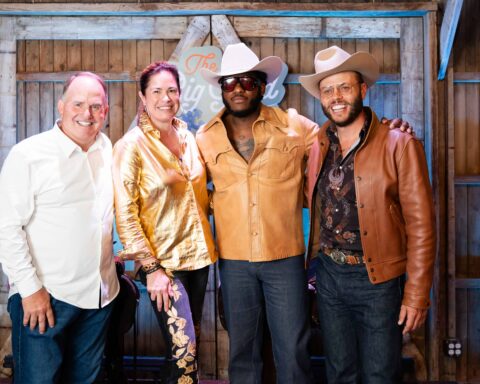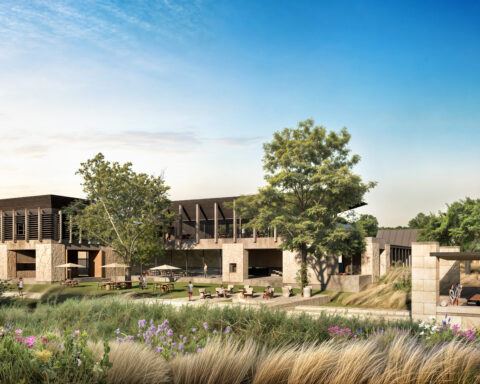When Six Flags Over Texas opened in the 1960s, a sense of fun came to Texas. Here, our pop culture seeker Lance Avery Morgan shares insight on what made, and still makes, the Thrill Capital of Texas theme park so popular.

In 1959, Texas real estate developer and oilman Angus Wynne Jr. visited Disneyland and decided to break ground in 1960 on his own family entertainment concept: Six Flags Over Texas. Taking a year to build, at the cost of $10 million, Wynne viewed it as a short-term way to make a buck from some vacant land before turning it into an industrial complex. Wynne reportedly recouped his personal investment of $3.5 million within 18 months and changed his mind about the park’s temporary status after the park opened on a sunny day in late July 1961… and amusement parks were never the same again in Texas.
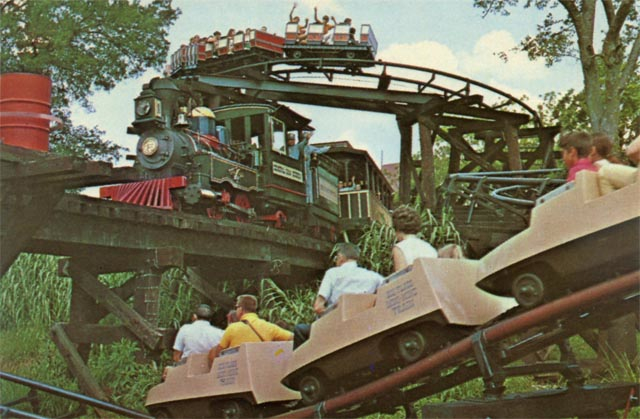
Six Flags was not a random collection of rides, like carnivals that tended to be on the seedier side. It was developed around a theme: the history of Texas. The park was a nod to the six flags that had flown over the state at various times – France, Spain, Mexico, the Confederacy, Texas, and the United States, and its rides and attractions were grouped into six themed sections that represented the cultures of these governments and enabled visitors to experience everything from cowboy culture to Southern belles and pirates.
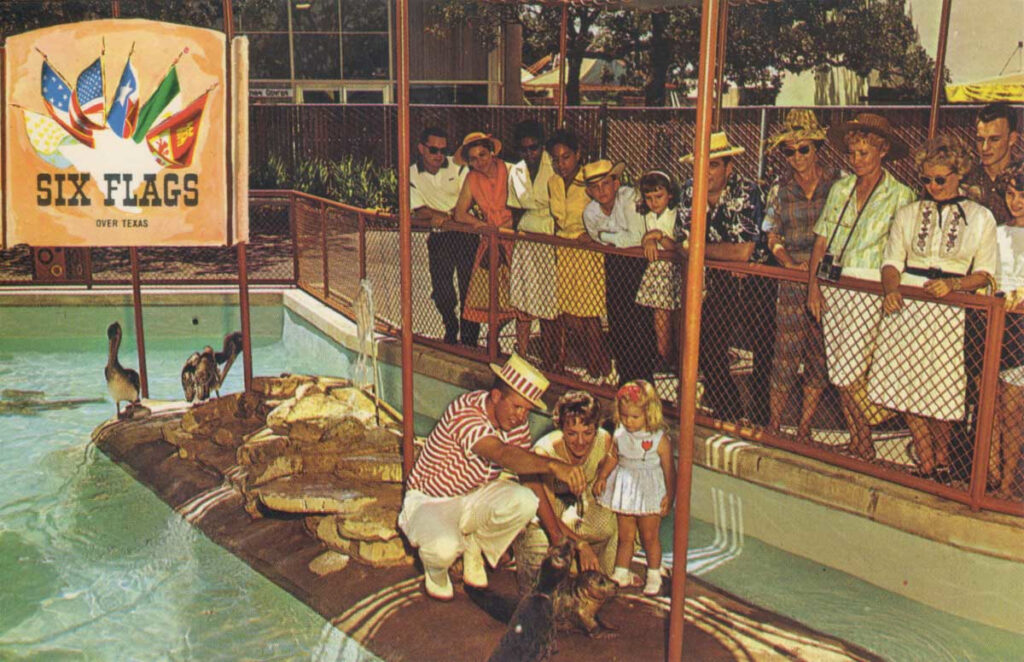
When it opened Six Flags cost $2.75 for an adult and $2.25 for a child. The admission price was all-inclusive, a revolution for the era. A hamburger sold for 50 cents and a soft drink was just a dime. For most Texans, a visit to the park was a right of passage, primitive as it may seem today, with its electric cars, steam trains, and petting zoos, along with the daring rollercoasters.
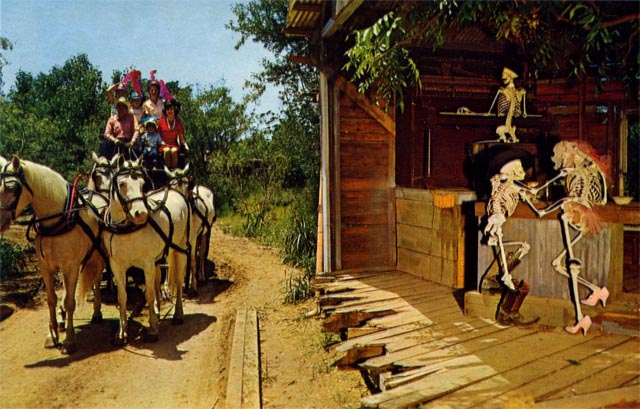
These days, Six Flags, Inc. has become the world’s largest regional theme park company and owns and operates 30 theme, water, and zoological parks in North America. In fact, almost 34 million people spent a combined 250 million hours at Six Flags parks in a year.




